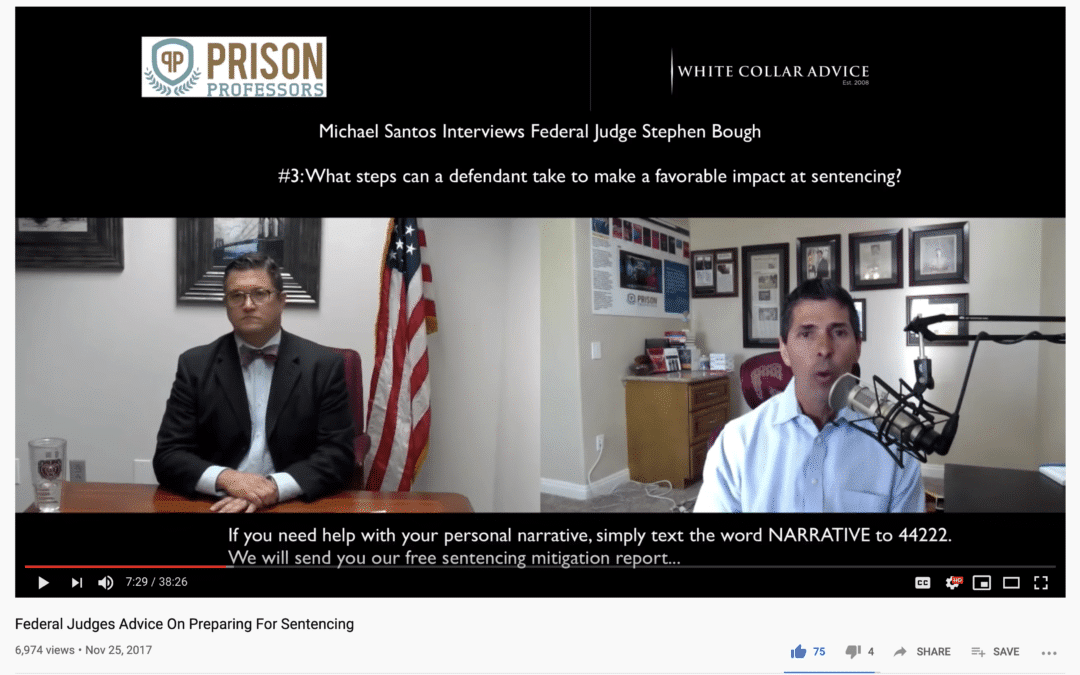While traveling through Kentucky last week, I received the following text message, “what is a federal sentencing narrative and is it different than the sentencing memorandum?”
All good questions!
I touched on sentencing mitigation, and a sentencing narrative, in this video I just put up.
For purpose of this blog let me address a federal sentencing narrative:
Based on what we’ve learned from federal judges, we believe that white collar defendants serve themselves well when they write first-person, sentencing narratives. For defendants that have pled guilty, the sentencing narratives should adhere to the five-point list stated above, but that we’ll repeat again here:
1. Show an understanding and an appreciation for the victim’s pain, suffering, or loss.
2. Show influences that led the defendant to become involved in the instant offense.
3. Show what the defendant has learned from the experience.
4. Show what steps the defendant has taken to reconcile with society, the victims, and his community to make things right.
5. Articulate a coherent plan to show why the defendant will never break the law again.
If a jury or judge convicted the defendant after a trial, then it’s important to consider the appellate strategy. Either way, a well-constructed narrative should focus on the judge’s perceptions, using the five-point above as a guideline. We’ve worked with many individuals that prepared effective sentence-mitigation strategies, even though they did not accept responsibility prior to being convicted after a trial.
Every case is different. There is no cookie-cutter approach. And there is no guarantee that a personal sentencing narrative will influence the judge. That said, based on our extensive experience, we’re convinced that a defendant that engineers a well-crafted sentence-mitigation strategy will be in a better position than if he were to remain silent, leaving the judge without any clarity on his mindset or the influences that led him into the predicament at hand.
As with any well-structured letter, it’s important to begin with thoughts of the audience. Judges get inundated with paperwork. When crafting the letter, think about length. Our recommendation is to write a document of between 1,500 and 3,000 words. Some documents may go longer. Yet in our experience, we’ve found this word count to be sufficient to write a coherent narrative. Keep in mind that we’re advocating for a multi-pronged approach that would include far more than the sentencing narrative.
Defendants should strive to write a highly personal story, adhering to the five-point plan above. The art of writing is re-writing. Take time to get it right. Ask others to read through the document. Other readers may offer guidance that can prove beneficial.
When it’s complete, share the letter with your defense attorney and consider his advice on steps to strengthen the document.
Of course, if you would like our advice on how to create your letter, we are here to help! Send a text to 818-424-2220 or just call me.
Justin Paperny
P.S. Click here to schedule a call or click here to learn more about our sentencing program.
P.S.S. Click here to watch one of our videos with Federal Judge Stephen Bough.

